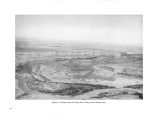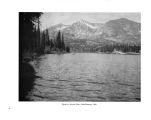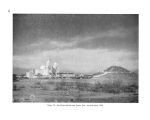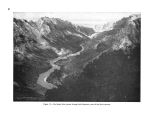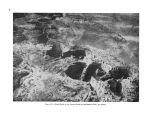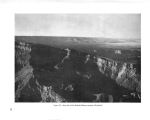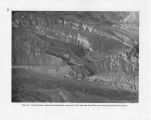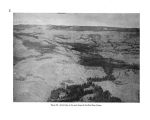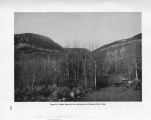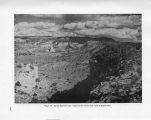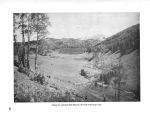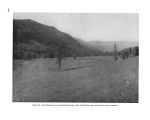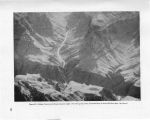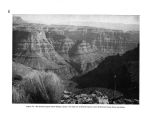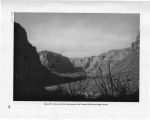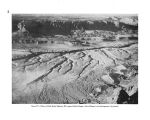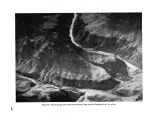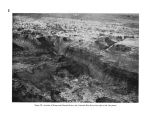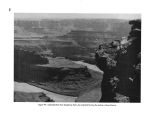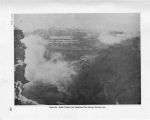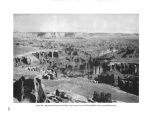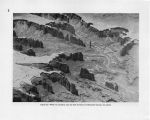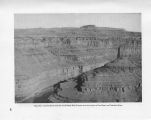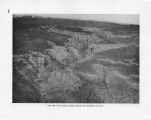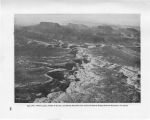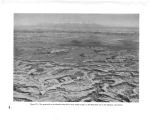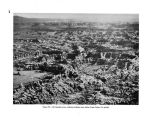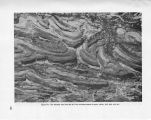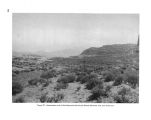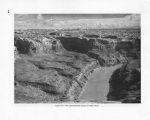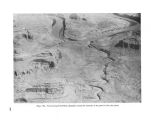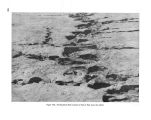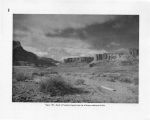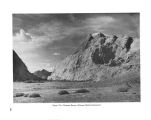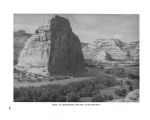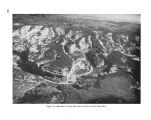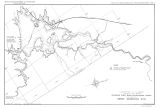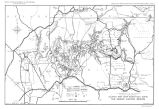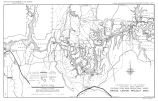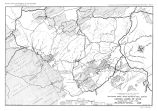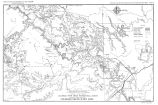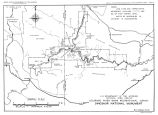| OCR Text |
Show The Northern Periphery.- To the north of the Anasazi area lies an extensive region called the Northern Periphery, largely because it is related to the main southwestern area and because not too much is known concerning the prehistory of the region to warrant giving a more descriptive name to the culture or cultures found there. Future work will, no doubt, furnish us with more accurate and detailed information so that various cultures and sub- cultures will be recognized. This area, comprising the headwaters of the Colorado and Green Rivers in northeastern Utah, northwestern Colorado, and southwestern Wyoming, covers the extreme northern portion of the Colorado Plateau, with generally high terrain cut by numerous deep canyons and washes and culminating in high ranges that tended to form cultural barriers. In an area such as this there were relatively few opportunities for the practice of agriculture, which was confined mainly to a number of the smaller tributaries of the Colorado and Green Rivers. With such meager opportunities for the cultivation of crops on a large scale, there was a definite limit imposed on the size to which villages could grow. Consequently, the majority of archeo- logical sites in this region are quite small, seldom exceeding 10 to 15 rooms. Archeologically, this Northern Periphery is characterized by a progressive fading of the basic Anasazi Culture pattern in proportion to the distance from the San Juan area. While the essential features of this northern culture are clearly derived from the Southwest, particularly from the Anasazi area, the cultural core cannot be directly correlated with the Basketmaker- Pueblo periods of the south. As mentioned previously, our knowledge of the prehistory of this area is scanty. Although a considerable amount of surface survey work has been carried on in many parts of the region, actual excavation has been limited in amount and restricted to a few localities. Thus, the following brief com- ments are largely based on field work in only small sections of this vast plateau country. Seemingly about a thousand years ago or more a knowledge of agriculture and pottery making filtered through this area from the San Juan region. These elements, together with others, were soon taken over by the nomadic peoples occupying the area and the foundations were shortly laid for a well- integrated culture. Information is lacking on these earlier nomadic hunters and seed gatherers and we can only assume their former presence over much of the area. The first definite culture we can delineate repre sents a blend of late Basketmakers and early Pueblo elements from the San Juan. It seems probable that most of the Northern Periphery never received to any great extent classical Basketmaker Culture as found to the south but only a mixture of Basket- maker and Pueblo. Thus, while this early culture is basically Basketmaker in pottery, there are enough early Pueblo elements, as well as some traits of local origin, to indicate an entirely different cultural picture than that in the Anasazi area. Certain parts of the area also reflect influences from the plains area to the east and northeast and from the great basin region across the mountains to the west. The basis for this complex was agriculture, corn, beans, and squash being cultivated wherever possible. This was, however, only a semi- sedentary culture, as the people still relied extensively upon hunting and seed gathering. This is indicated by the great number of arrow points, grooved arrow shaft smoothers, and horn arrow wrenches found in practically all sites of this period. The extensive use of coiled basketry similar to that made by the Basketmakers also tends to show strong reliance upon the gathering of wild seeds. Villages were quite small and consisted of a series of shallow pit structures or earth lodges, in many respects like Basketmaker houses, with adjoining slab- lined storage cists. Excavations in the Uinta Basin and adjacent areas have yielded information about these dwellings. Of the elements of material culture, plain gray Basketmaker pottery is most typical in the northern area, with the addition of a limited amount of early Pueblo black- on- white ware. Other features of this culture include fur and feather cloth, tubular stone pipes, twined bags, and the bow and arrow. At a somewhat later date the introduction of new elements and ideas from the southern pueblo region marked the opening of the second and final phase of this prehistoric northern culture. This period is characterized by a greater dependence upon agriculture, with the consequent construction of larger, more permanent villages. Formal archi- 96 |




























